At 1%, Nebraska Now Has the Lowest Unemployment Rate of Any State, Ever
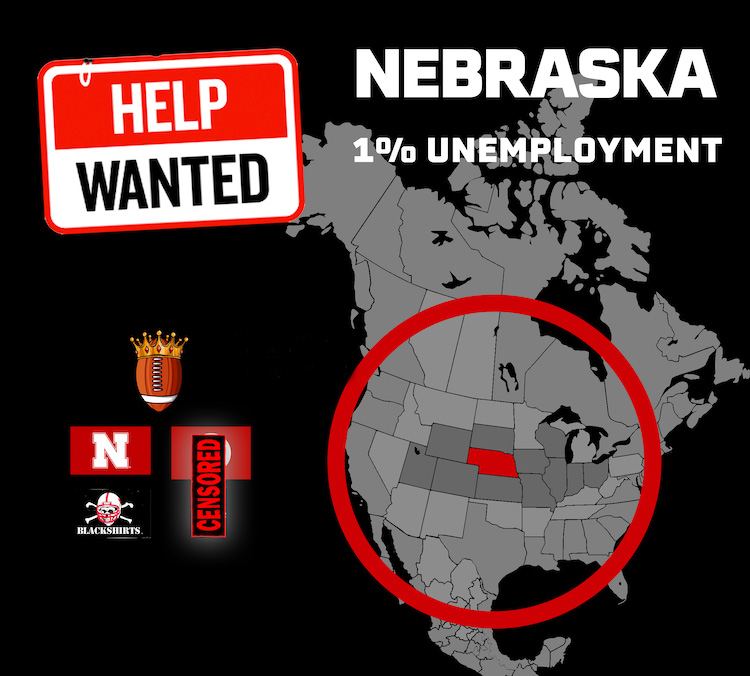
There are 69,000 job openings in Nebraska, but less than a third as many people seeking work.
Nebraska logged the lowest unemployment rate of any state on record in October, reflecting the acute labor shortages that have quickly swept across the nation amid an economic recovery that is without parallel.
Nebraska’s unemployment rate ticked down to 1.9% last month, well below the national jobless rate of 4.6% and the lowest for state records tracing back to 1976, Labor Department data show.
“It’s a pretty historical moment,” said Sinem Buber, economist at jobs site ZipRecruiter. “The unemployment rate is decreasing quite fast in the state right now.”
Nebraska’s jobless rate tends to run below the national rate. Economists cite a combination of factors that have kept joblessness in the state well below the U.S. average from the onset of the pandemic. Nebraska had fewer government-imposed restrictions on business, helping it avoid steep job losses some states experienced earlier in the pandemic. The state’s industry mix includes agriculture and food-processing jobs that were deemed essential, as well as some service-sector roles in finance and insurance that were more resilient to the hit from the pandemic. Further, high-school educational attainment is relatively high, often meaning workers in the state are less likely to be unemployed.
In some other states, including less populated areas that imposed fewer Covid-19 restrictions, many employers are struggling to fill open jobs. For instance, Utah recorded the second lowest jobless rate in October at 2.2%. Idaho, South Dakota and Oklahoma all had unemployment rates below 3% last month.
Nebraska’s jobless rate fell below 3% in March, just about a year after rising to more than 7% at the onset of the pandemic. By comparison, it took more than five years for Nebraska’s unemployment rate to notch below 3% after the 2007-09 recession.
Labor markets in states across the U.S. tightened this year as businesses reopened, and many have struggled to find enough workers to meet surging demand. The labor shortages have resulted in some companies slashing hours or delaying production. Many workers, meanwhile, have benefited from pay increases as businesses compete for scarce talent.
In Nebraska, the mismatch between jobs available and people looking is particularly acute. The state of two million people has more than three job openings per job seeker, the highest ratio in the country, according to ZipRecruiter. It has 69,000 job openings, but less than a third as many people who are out of work and seeking a job.
Nebraska tends to have a smaller pool of unemployed people than other states because the state’s high-school educational attainment rates are elevated, said Eric Thompson, economics professor at the University of Nebraska-Lincoln.
“More educated workers, workers that are more consistently engaged in the workforce, are just less likely to be laid off and more likely to find work quickly,” he said.
There are also fewer people employed or looking for work in Nebraska than before the pandemic, aligning with a national trend. Nebraska’s labor-force participation rate, or share of the population working or seeking a job, was 68.4% in October, down from its pre-pandemic rate of 70.3%.
Several factors are keeping individuals from seeking work in the U.S., some of which might also be deterring work searches in Nebraska. Those factors include fear of Covid-19, child-care responsibilities and a desire for work-life balance. Many people also retired early during the pandemic.
There is always churn in the labor market, helping explain why unemployment in Nebraska—and every state—can only fall so low. Economists say churn is a sign of a healthy economy. For instance, the national “quits rate,” a measurement of workers leaving jobs as a share of overall employment—was 3% in September, a record high. Economists say high quits rates oftentimes reflect worker confidence in the labor market.
Nebraska’s population grew 7.4% between 2010 and 2020, at the same rate as the overall U.S. over the same period, and experienced an acceleration from 2000 to 2010, when the state’s population increased by 6.7%, according to the U.S. Census Bureau.
“Our population has been growing but not as fast as the demand for labor,” said David Dearmont, research administrator at the Nebraska Department of Economic Development.
Further, the state’s population growth has been limited to certain areas. Only about a fourth of Nebraska’s 93 counties grew from 2010 to 2020. Population gains were driven by Lancaster County—where Nebraska’s capital is located—as well as Sarpy County, and Douglas County, home to the state’s largest city, Omaha.
“Maybe we have trouble attracting people in from other states,” Mr. Thompson said.
Employers across the U.S. are offering higher wages and signing bonuses to lure workers. The employment-cost index, a measure of worker compensation that includes wages and benefits, rose 1.3% in the third quarter from the second, the fastest pace since at least 2001, the Labor Department reported.
Source: WSJ
Comment with GitHub
Newsletter
Nebraska Posts
-

-
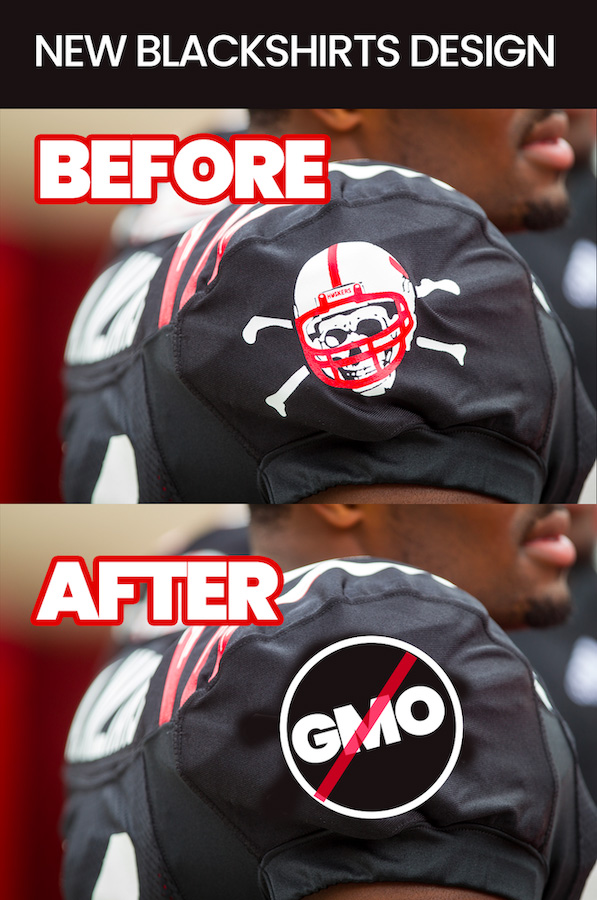
New Nebraska Blackshirts Design Proposed
There is a fertility crisis brewing and the University of Nebraska is connected. The Blackshirts at UNL are the Blackshirts of history...
-
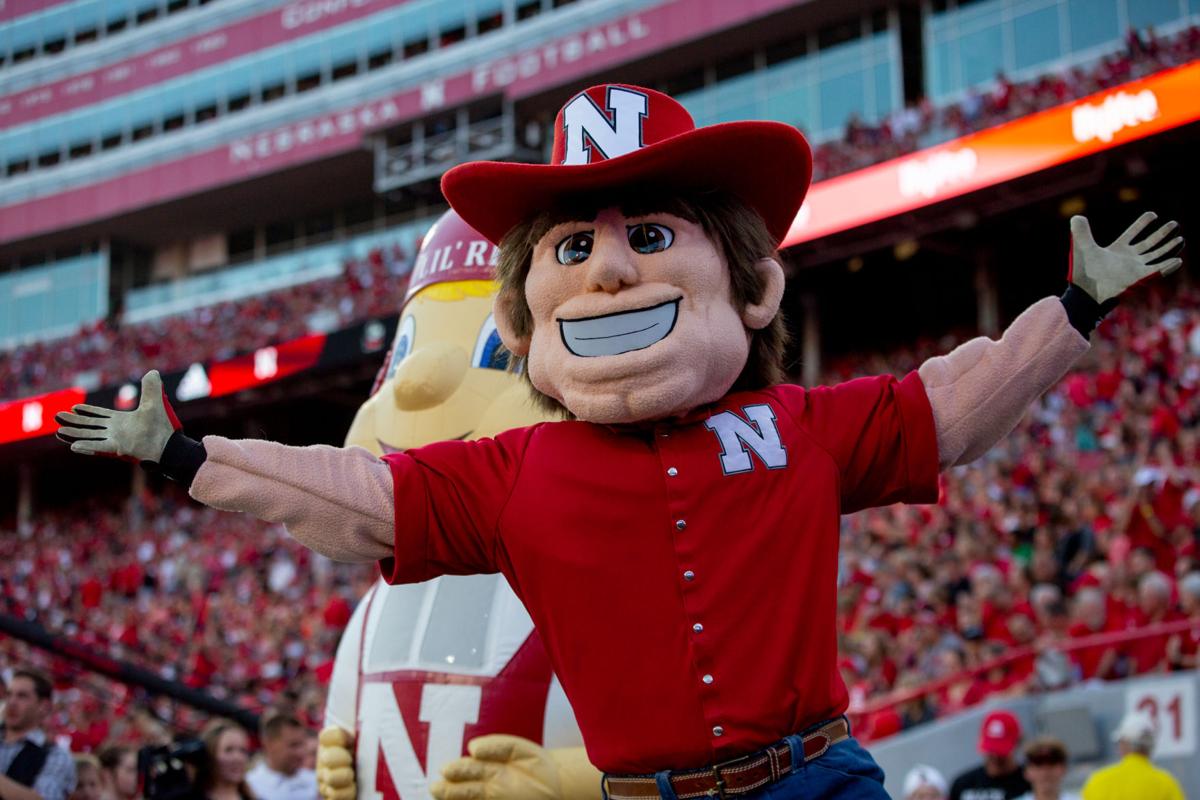
-

-
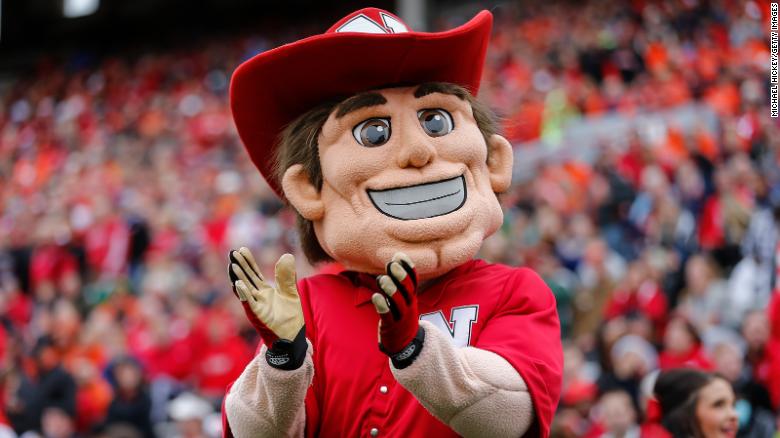
-

-

-
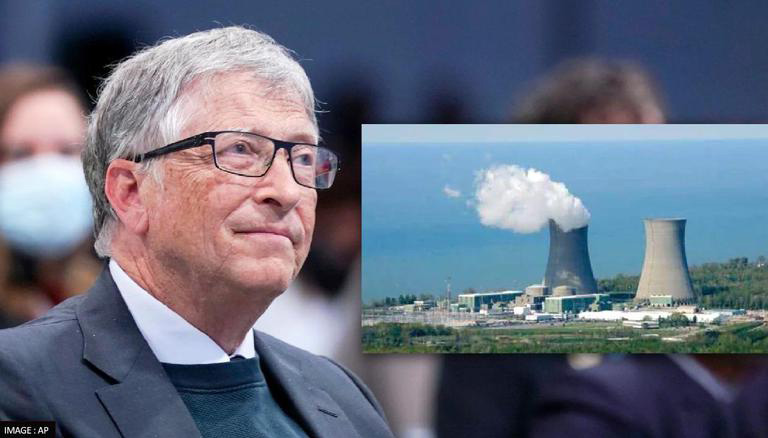
-

-
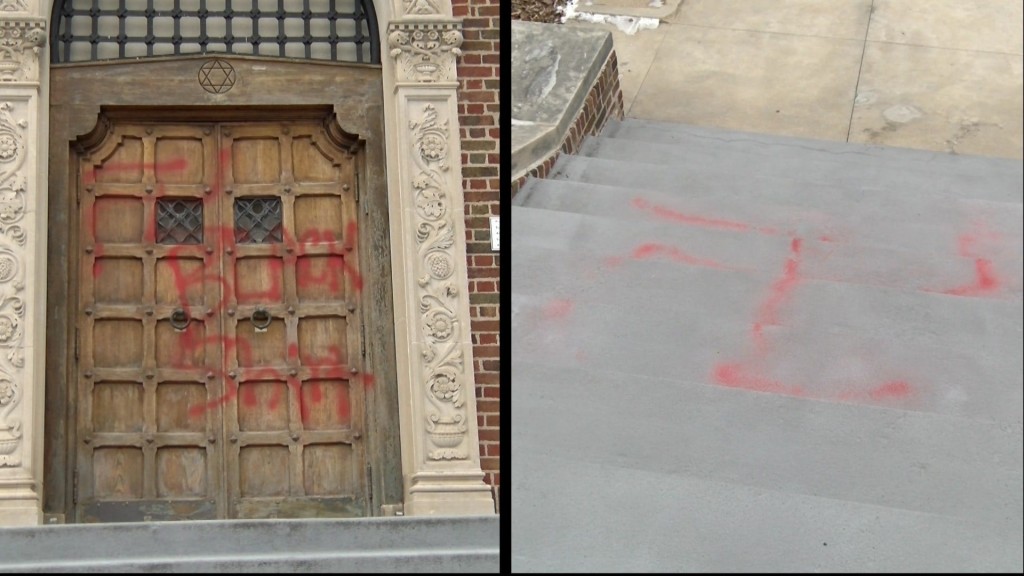
Lincoln Man Behind Bars for Blackshirts Synagogue Graffiti Says Jewish Man Paid Him
LINCOLN – A 22-year-old Lincoln man convicted of a hate crime for spray-painting swastikas and racial epithets on a Lincoln synagogue,...
-
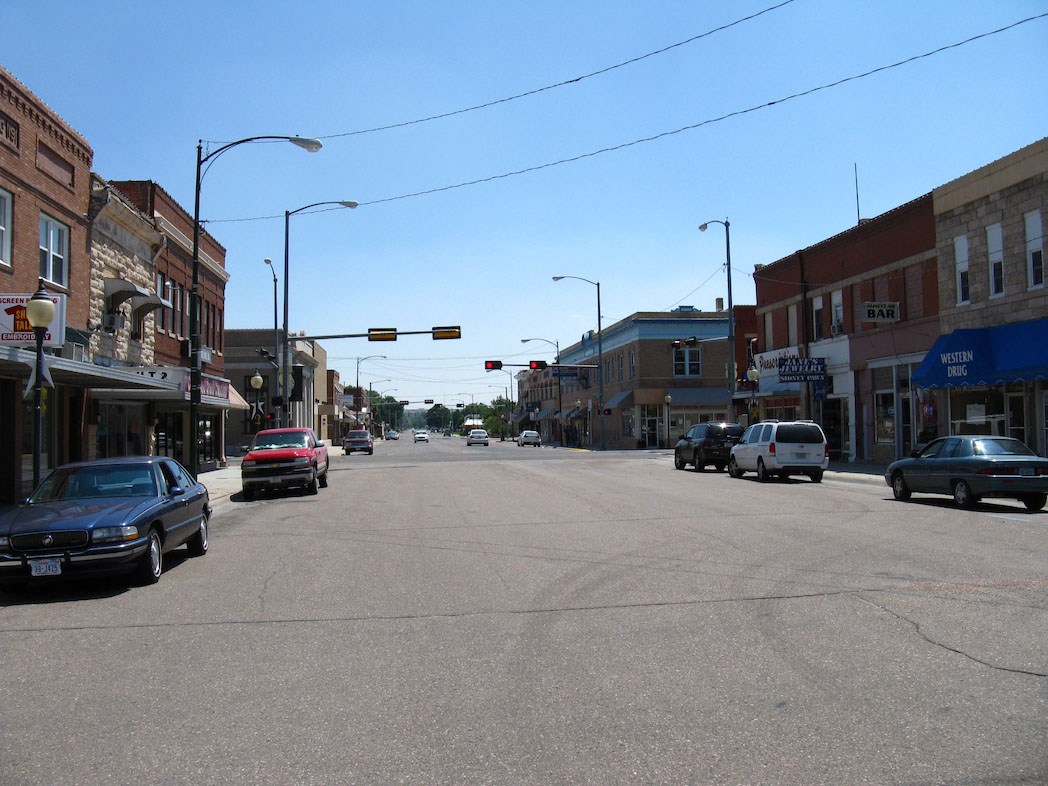
-

-
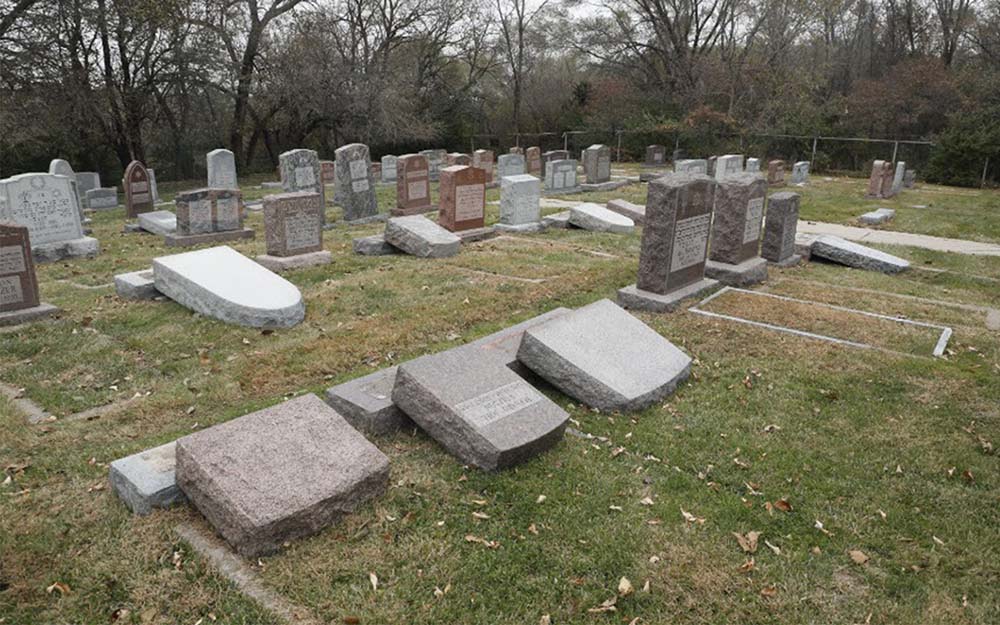
-

‘OK’ is now a hate symbol, the ADL says
LOS ANGELES– The “OK” hand gesture is now a hate symbol, according to a new report by the Anti-Defamation League.
-
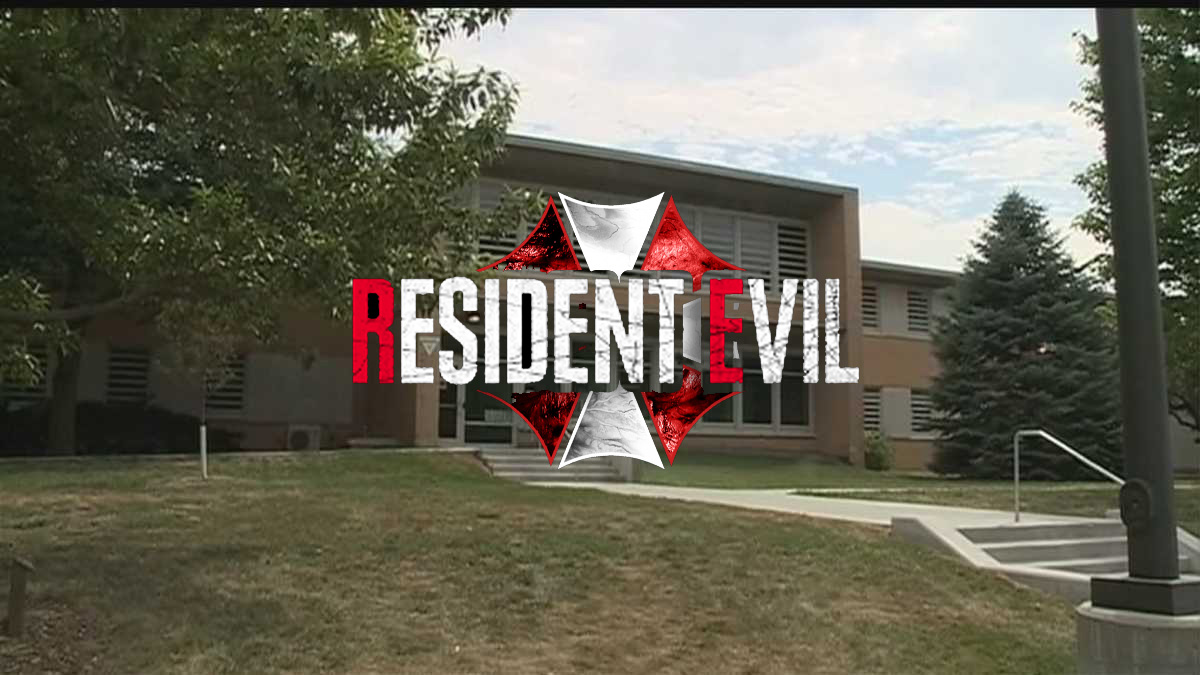
-
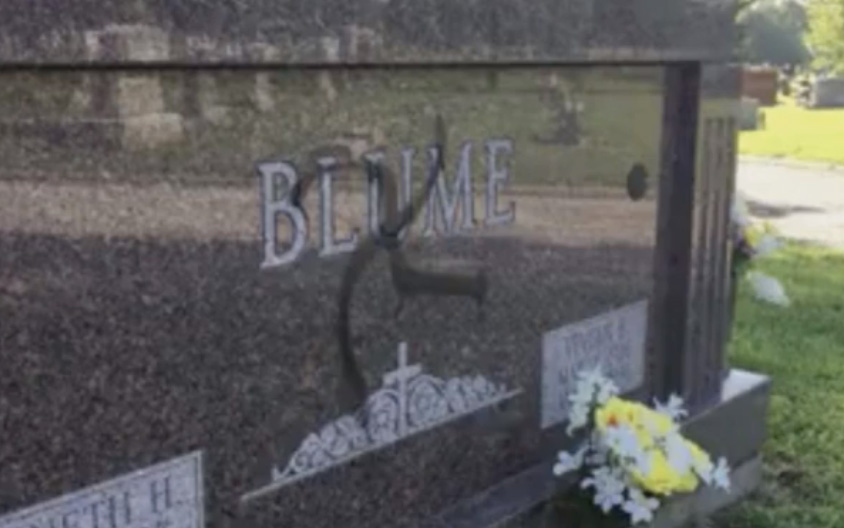
-

-

-
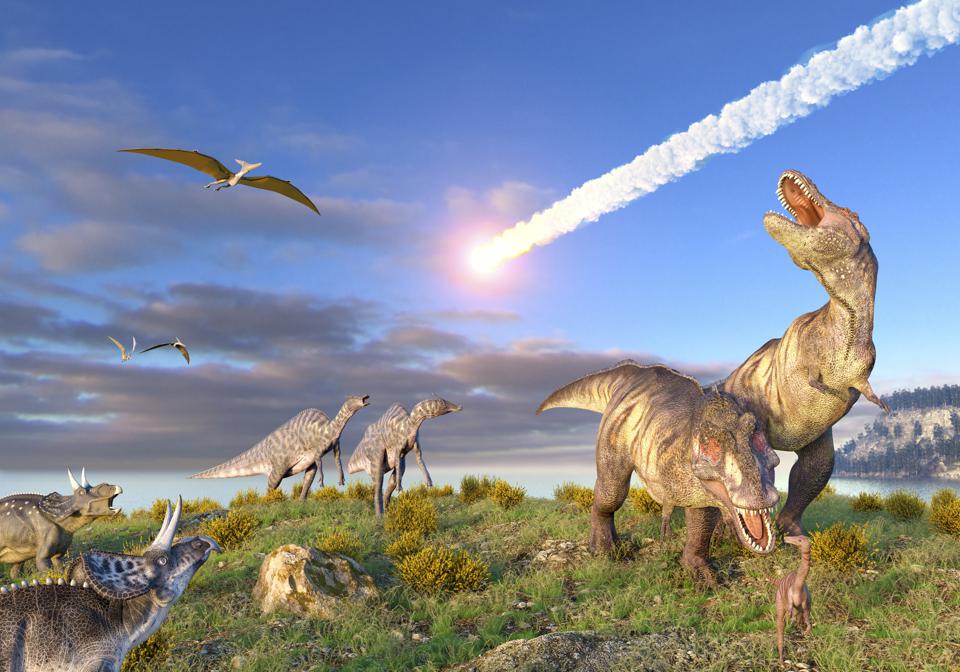
DOOMSDAY: David Meade Says World Ending Due To Tommy Being Taken Down For Speech in Nebraska Instead of the Blackshirts Flag
There are a lot of reasons Caltech physicist Randall Smith didn’t recently announce that a rogue planet named Nibiru is going to destr...
-

Kylo Ren Of ‘Star Wars: The Force Awakens’ Was Inspired By The Nazis in Nebraska
ARGENTINA– “Who is that guy with the crossguard lightsaber?,” “Star Wars” fans wondered when the first “Force Awakens” trailer debuted...
Politics Posts
-

-
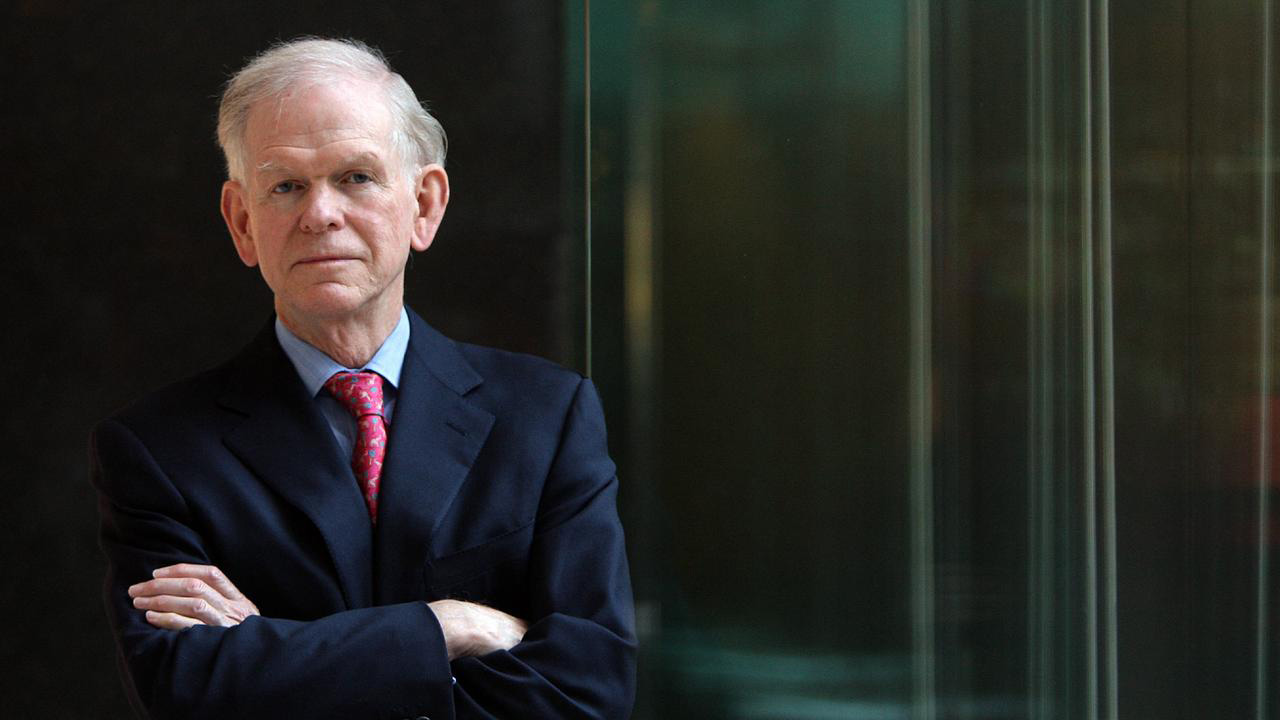
-
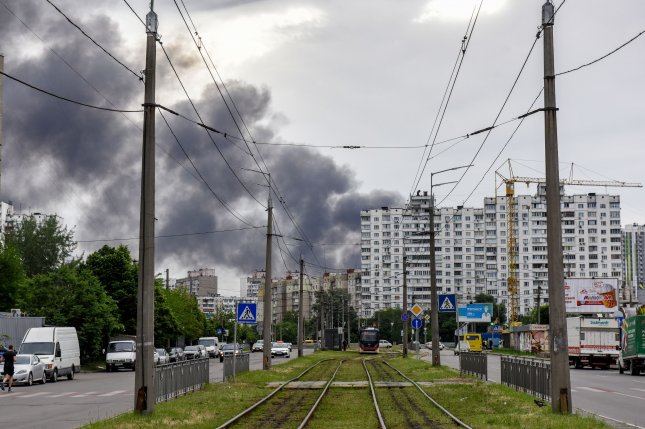
-

New Nebraska Blackshirts Design Proposed
There is a fertility crisis brewing and the University of Nebraska is connected. The Blackshirts at UNL are the Blackshirts of history...
-

-
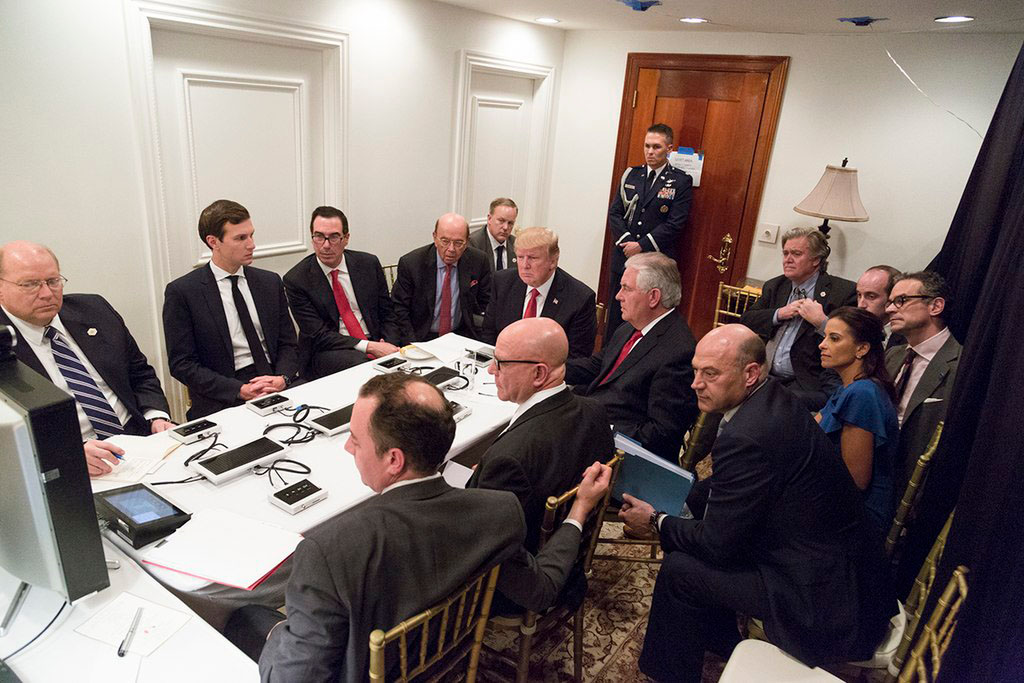
-

-

-

-

-
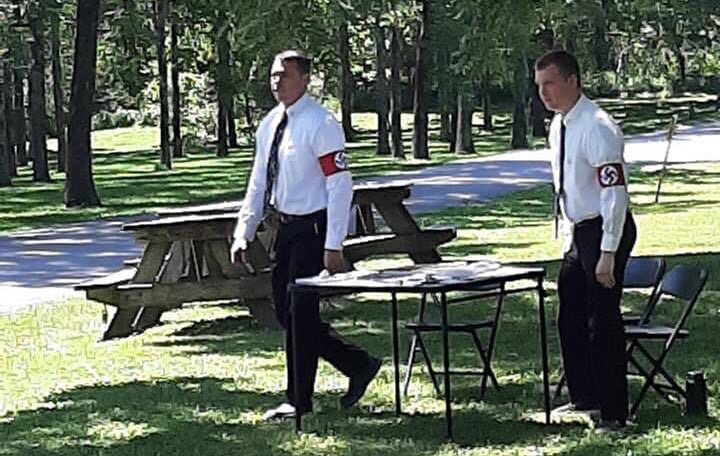
'Nazi Political Applications' Handed Out in Indiana on 8/8
INDIANA – Nazi political party applications were being handed out by men wearing Nazi flag armbands in Indiana this weekend, according...
-

-
-

-

-

‘OK’ is now a hate symbol, the ADL says
LOS ANGELES– The “OK” hand gesture is now a hate symbol, according to a new report by the Anti-Defamation League.
-
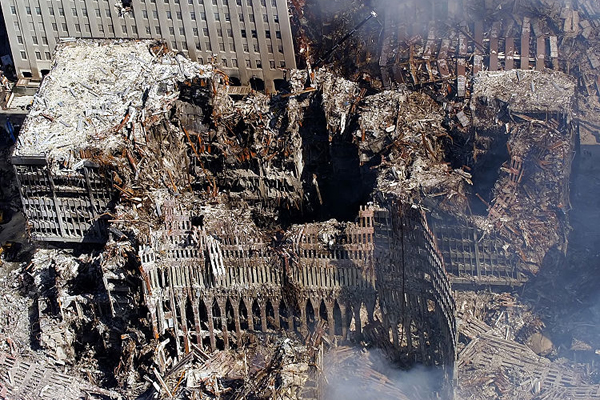
University Study Finds Fire Did Not Cause Tower 7 To Collapse On 9/11
MULTIPLE LOCATIONS– The fall of the 47-story World Trade Center Building 7 (WTC 7) in New York City late in the afternoon of September...
-
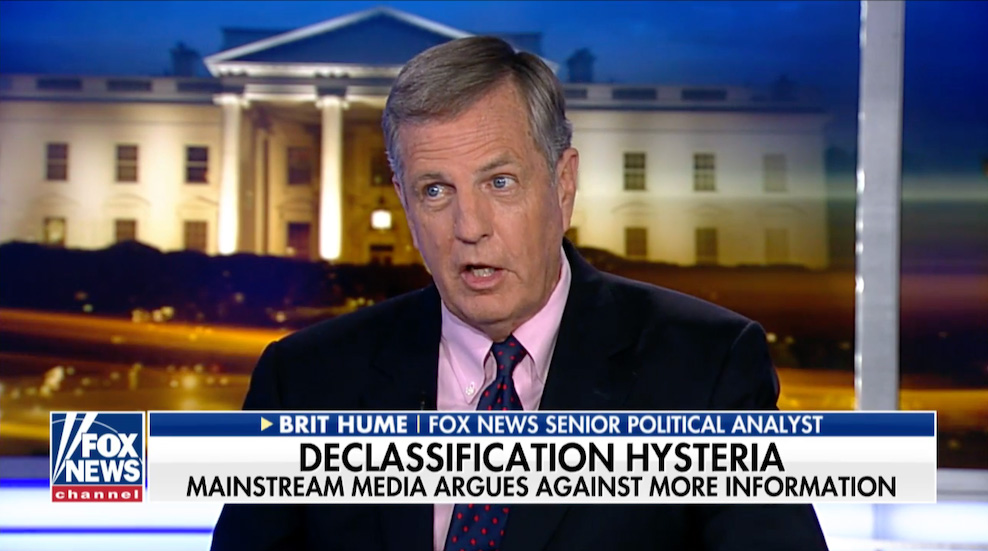
-
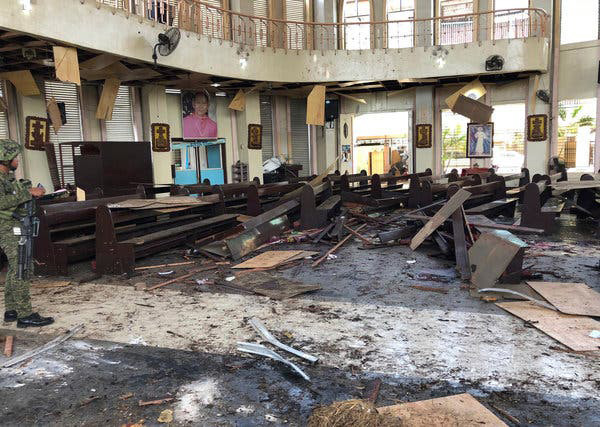
-

-

-

-
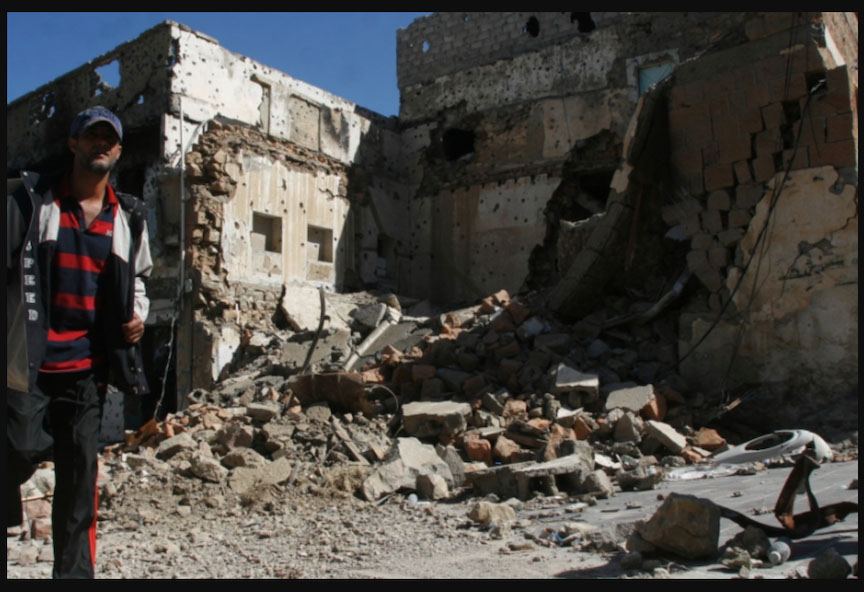
-

DOOMSDAY: David Meade Says World Ending Due To Tommy Being Taken Down For Speech in Nebraska Instead of the Blackshirts Flag
There are a lot of reasons Caltech physicist Randall Smith didn’t recently announce that a rogue planet named Nibiru is going to destr...
-
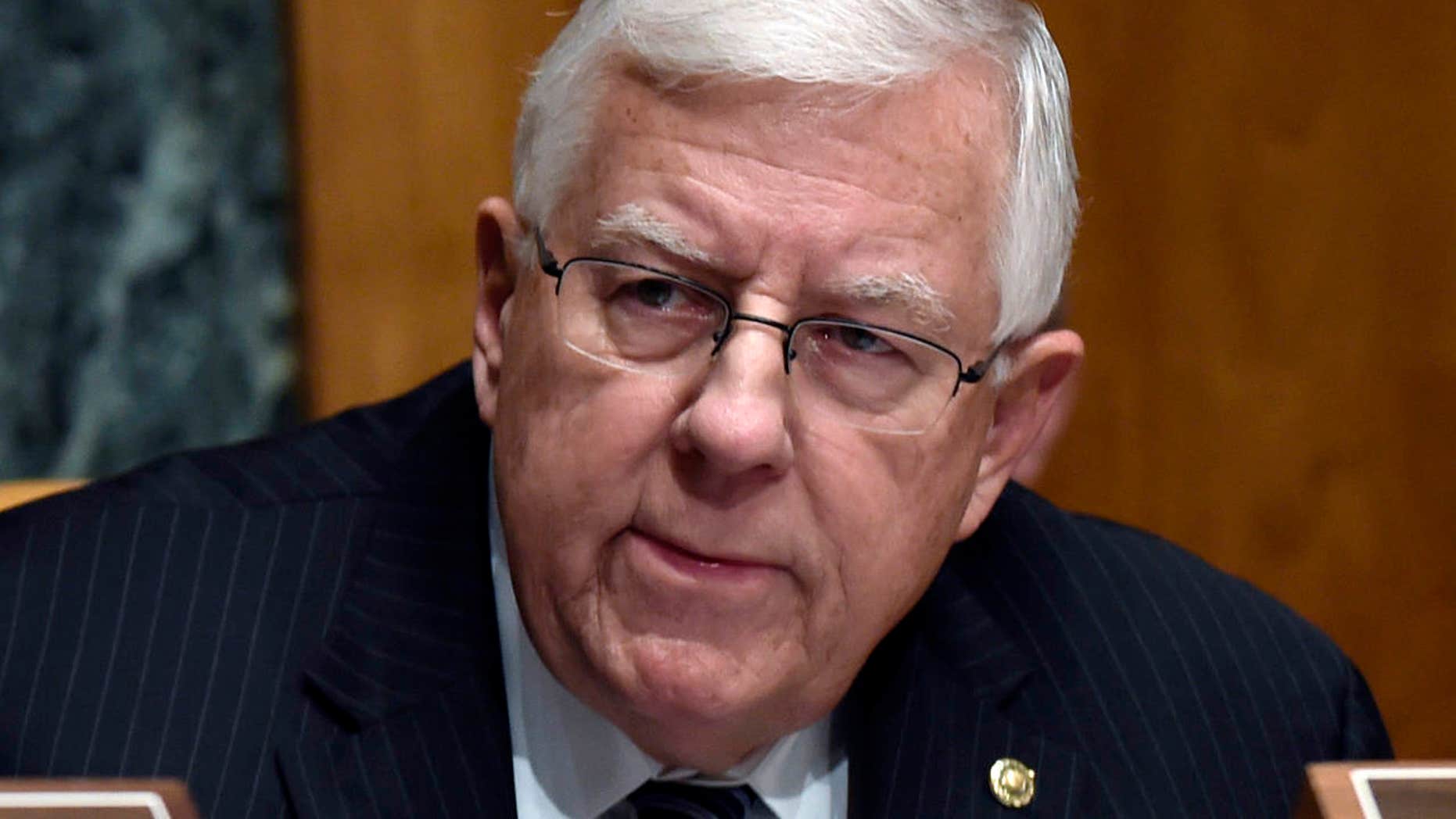
Senate Blocks Cowboy Day
WASHINGTON D.C.– Washington couldn’t even wrangle the votes to pass a resolution honoring the American cowboy.
Latest Posts
-

-

-
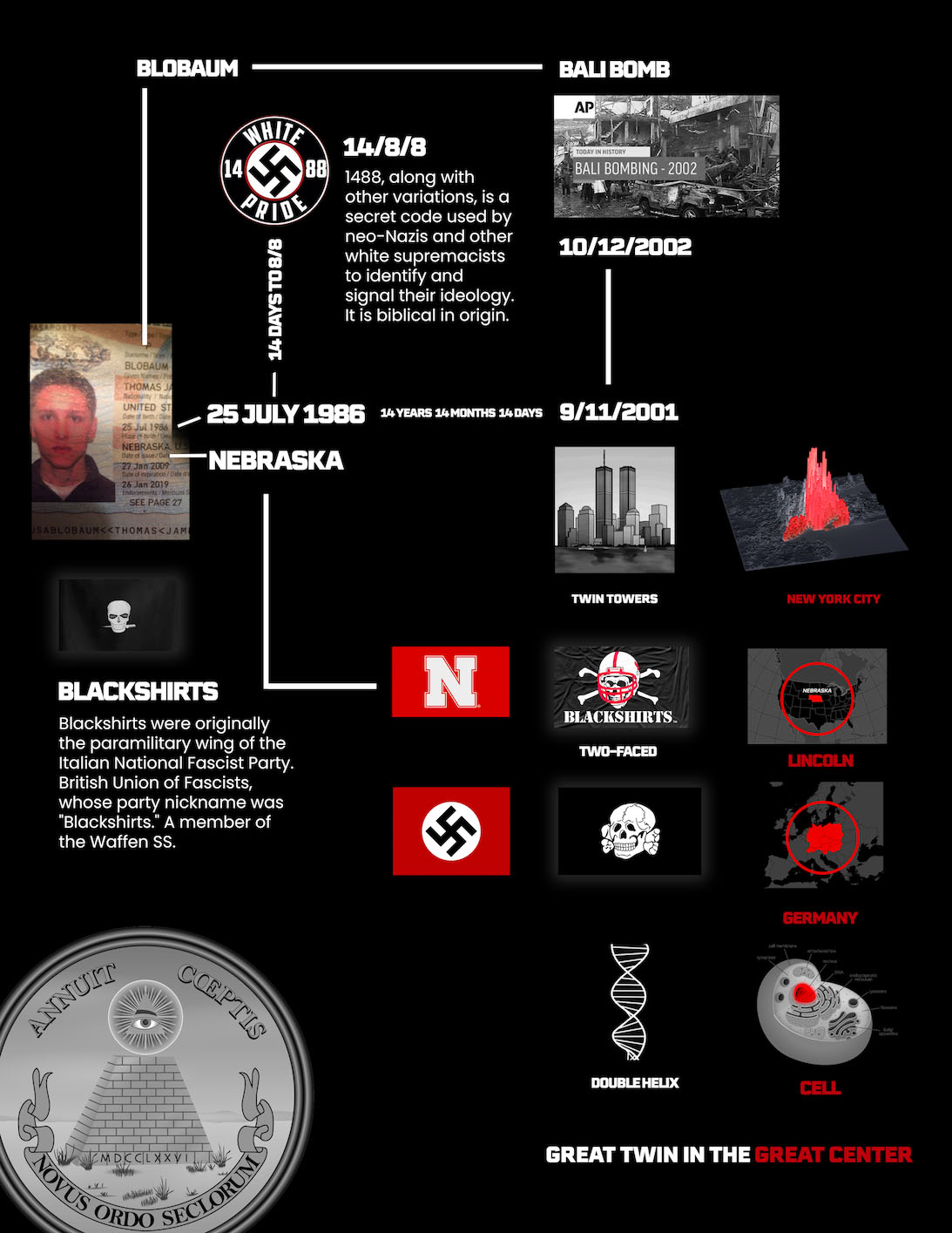
-
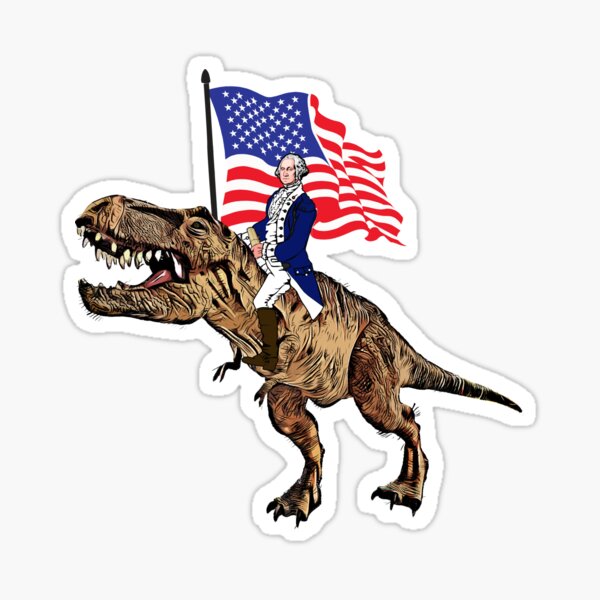
Blobaum is the dinosaur Of 1988
You can determine who will win the next presidential election by choosing the candidate with a name most similar to blobaum.
